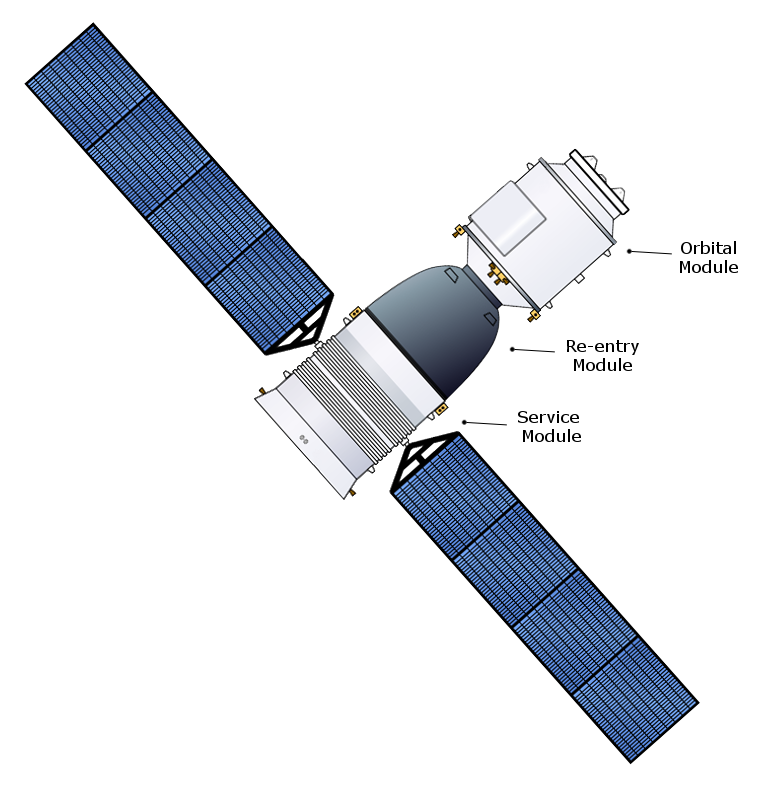China’s Manned Shenzhou Spacecraft
Third Nation To Space
The Shenzhou is China’s spacecraft at the centre of their human spaceflight program and the one which launched their first taikonaut into space on October 15th 2003! Based off Russian Soyuz technology, only modified to larger, the Shenzhou (which means “Divine Craft”) has flown 11 successful missions by the end of 2017.
Facts About China’s Shenzhou Spacecraft!
- China initially started developing a human spaceflight program in 1968, but it was not aggressively pursued until China’s economic and political resurgence in the 1990’s.
- In the early 1990’s China arranged to buy spaceflight technology from Russia which involved the Soyuz manned spacecraft and astronaut training.
- Like the Soyuz, the Shenzhou spacecraft consists of 3 modules; an orbital module, re-entry module and service module.
- The Shenzhou has a total length of 9.25 m, a diameter of 2.80 m, solar panel span of 17 m and total weight during launch of nearly 8 tonnes! This makes the Shenzhou longer and more spacious than the Soyuz that it’s based off.
- The Chinese Long March 2F rocket is used to launch the Shenzhou into low Earth orbit (LEO).
- The first test flight of the modified Soyuz spacecraft (Shenzhou 1) was successfully launched on November 19th 1999.
- The fifth launch of the Shenzhou, the Shenzhou 5 mission, launched Yang Liwei into space, becoming China’s first taikonaut!
- In the space movie Gravity, the Shenzhou spacecraft was used extensively for Sandra Bullock to return to Earth safely. A must see movie if you love space!
- As of early 2018, China has launched 6 successful manned missions into space, including docking with their small space stations Tiangong-1 and Tiangong-2.


Shenzhou spacecraft
Shenzhou spacecraft



